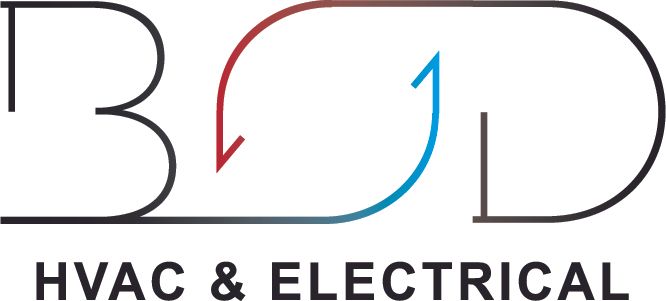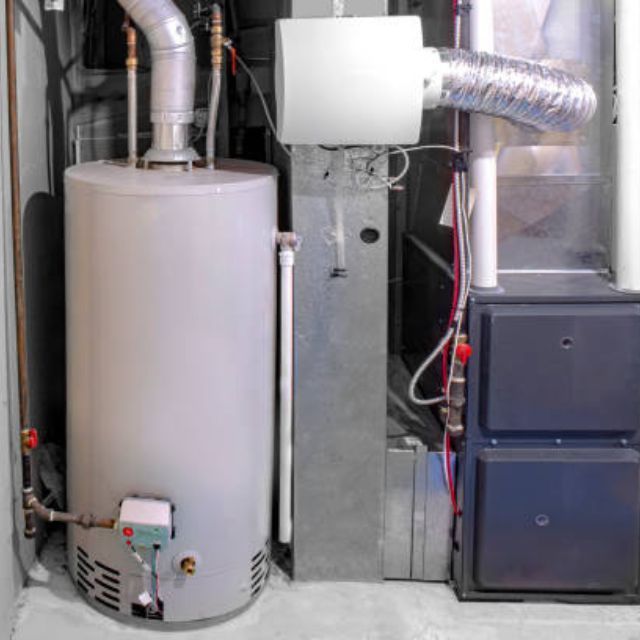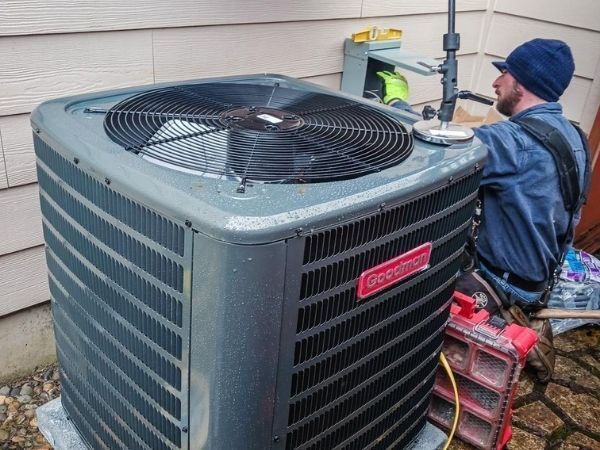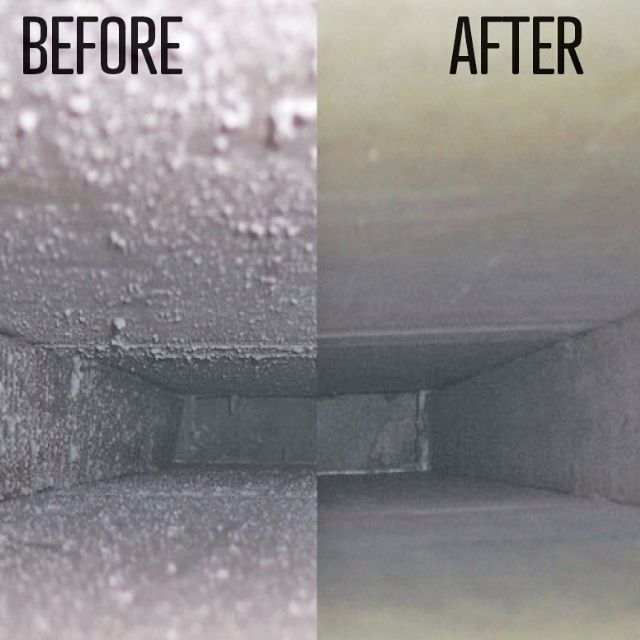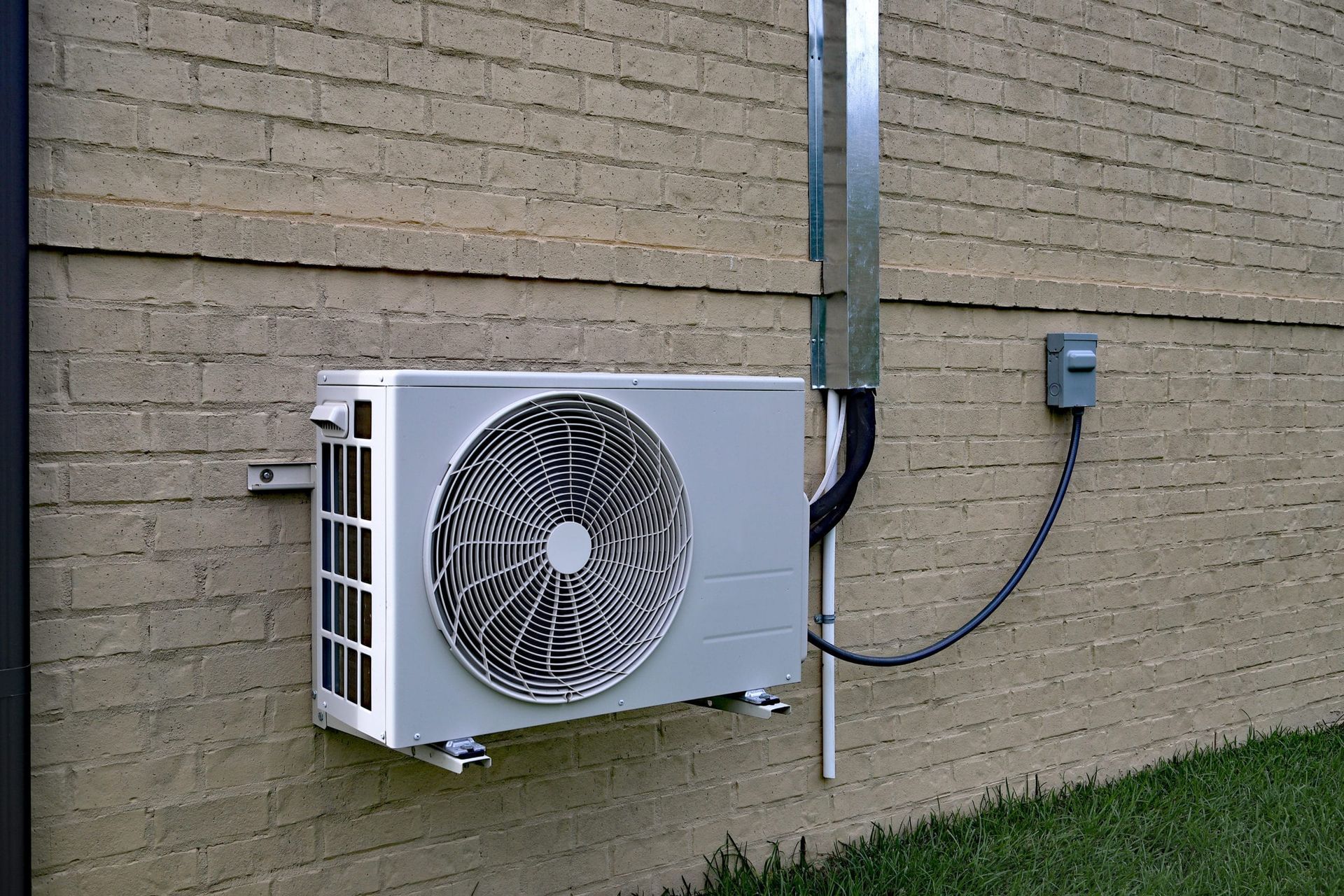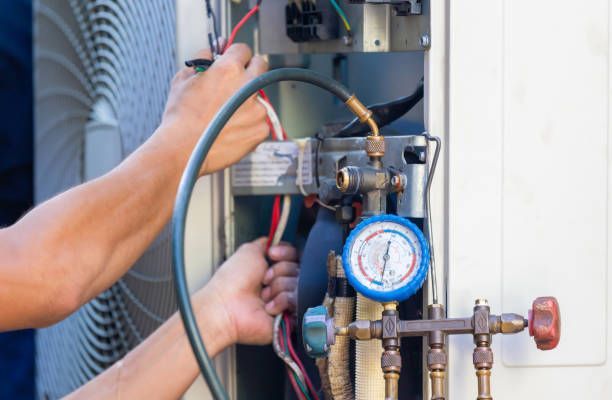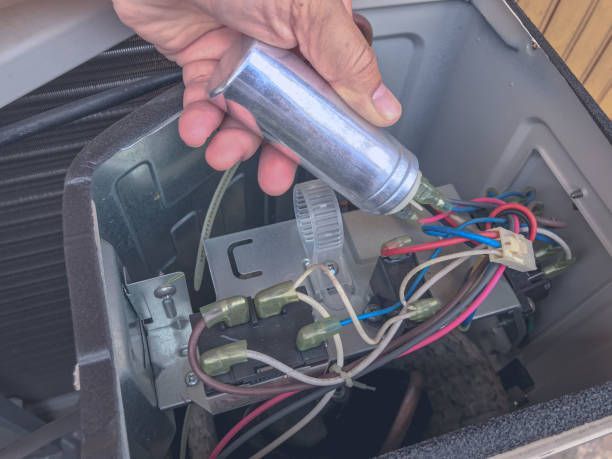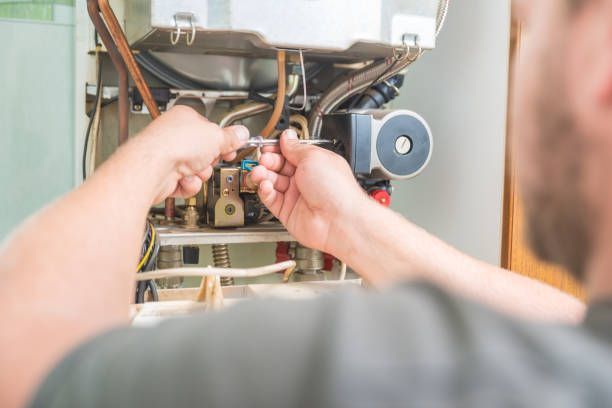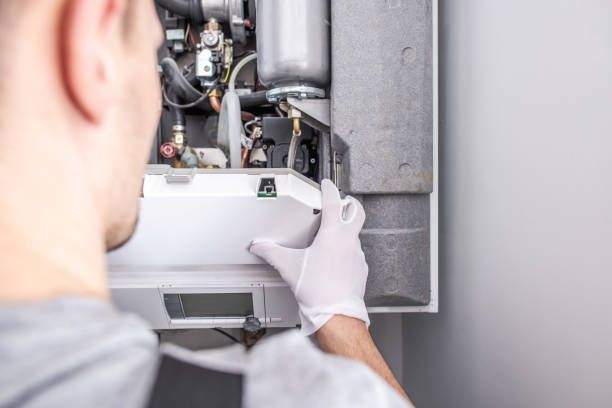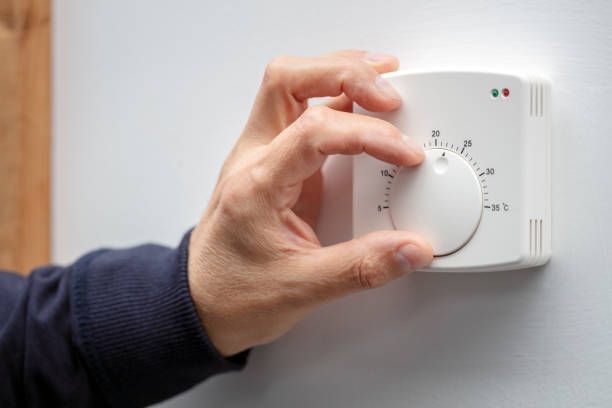Are Ductless Mini-Split Air Conditioners Energy-Efficient?
Is a ductless mini air conditioner a good option for someone who wants to save on energy consumption?
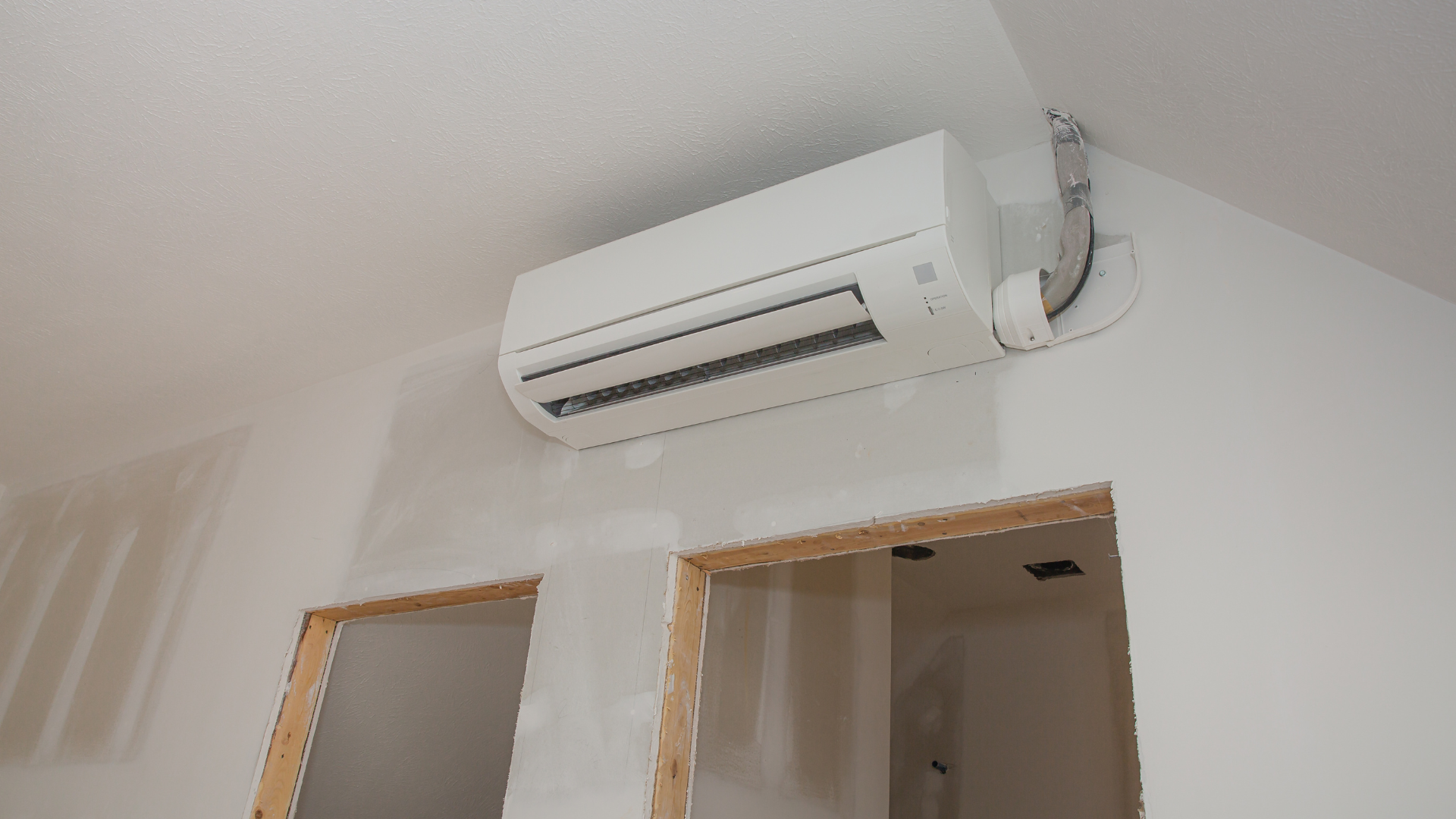
As homeowners become more concerned about saving energy, ductless mini-split air conditioners have become a popular alternative to traditional HVAC systems. These systems are designed to cool individual rooms or zones without requiring ductwork.
Even though ductless mini-split systems have many benefits, such as being easier to install and more flexible, some homeowners may wonder if they are energy-efficient. This article will discuss how energy-efficient ductless mini-split air conditioners are. We'll look at how they work and compare them to other air conditioners.
By understanding the energy efficiency of ductless mini-splits, homeowners can make informed decisions about their cooling needs and reduce their energy consumption.
How Do Ductless Mini-Splits Differ from Central ACs?
A ductless mini-split air conditioning or heat pump system is a unique solution that eliminates the need for ductwork to deliver warm or cool air. Instead, a compact wall-mounted unit is used to deliver the air. While these systems are similar to other air conditioners, they use the same refrigeration cycle to generate cool air or warm air when used as a heat pump.
The outdoor condenser unit is paired with an indoor air handler and distribution system, but the key difference is in the air distribution method. Unlike traditional HVAC systems, a ductless mini-split air handler and distribution system are housed in one compact unit. It's worth noting that ductless mini-splits are typically designed to cool smaller spaces like window-mounted ACs.
Therefore, a larger-sized home with a central HVAC system may need multiple ductless mini-splits to cool or heat the same floor area. Understanding the differences and similarities between ductless mini-splits and other AC systems can help homeowners decide their cooling needs and energy consumption.
Is Ductless Mini-Splits Energy-Efficient?
Resuming the original inquiry, are ductless mini-splits energy-efficient? Yes, in a nutshell, but not on an apples-to-oranges basis. This is because these systems are made for—complete homes and other structures of a similar size are what central HVAC systems are made for. On the other hand, ductless mini-splits are intended for tiny apartments, houses, and other similar-sized structures. As a result, a house with a central HVAC system will require numerous ductless mini-splits.
So how do ductless mini-splits compare to or even outperform central HVAC systems in terms of performance?
Custom zones:
Better zone management is possible with ductless mini-splits in your house. One thermostat controls the central ventilation and heating systems, supplying the same temperature air through the home's ducts. This is perfectly fine if every area in the house has the same needs for heating and cooling, but this is only sometimes the case. For instance, the elderly members of your family might require less cooling than the children do. They may be able to control their thermostat settings with a ductless mini-split without impacting other areas of the home.
Higher efficiency ratings:
Due to the greater SEER (seasonal energy efficiency ratio) scores of ductless mini-splits, you can get more cooling or heating while using less grid power. Along with the benefits, it can also lessen the carbon impact on your house. The SEER rating for new air conditioners generally ranges from 13 to 23, with variable-speed systems typically falling in the higher part of this range at 20 SEER ratings.
Less wasted energy:
A problem with central ducted systems causes energy loss. The longer the ducts, the farther the conditioned air must journey, and the less cooling or heating a room receives, the farther it is from the air conditioner. Further loss may also result from leaking ducts. Since air is pushed directly into the room from the air handler, ductless mini-splits provide more ventilation and warmth for your money.
Heat and cool your home only where it's needed:
Because you can set programmable thermostats to reduce their output when you don't need them as much, such as when you slumber or when the home is empty, they help conserve energy. However, the HVAC system will still need to run because shutting it off and back on would increase energy use as it brings the home to its normal temperature. Ducted mini-splits eliminate this requirement. Programmable thermostats help with energy saving because you can use less energy when you don't need them as much, like while you sleep or when no one is home.
Home addition-friendly:
The amount of heating and ventilation a structure needs can change due to home additions, including attachments, attic or cellar conversions, etc. It is easy to extend the ducting into these additional spaces. The extra floor space, however, can make a current HVAC system undersized, necessitating the purchase of a brand-new air conditioner for the new home. It is fine if your HVAC system is older than it should be. If yours is still in outstanding condition, you can have a new ductless mini-split put in these house additions.
Ductless Mini-Split Maintenance Tips
A few maintenance tasks differ from those carried out on a central system once you install one or more ductless mini-split systems in your house.
Clean the air filter regularly:
Air filters for central HVAC systems should be changed every three months or even more frequently during heavy usage seasons. The air purifiers in ducted mini-splits are washable. Accessing the front panel and sliding out the air filters on most interior devices is simple. They must only be washed with the spray nozzle in your kitchen sink, allowed to air dry on the surface, and then slipped back into the interior device. Every month, air filters should be checked and cleaned to keep effectiveness.
Routine maintenance:
Regardless of the type, you should do scheduled HVAC maintenance. Regular maintenance with Best Owner Direct HVAC professionals will help ensure that every ductless mini-split in your home is properly maintained since your house probably has several.
Ductless mini-split air conditioners are generally considered energy-efficient, as they require less energy than central air conditioning systems and typically have higher SEER ratings. However, the energy efficiency of a ductless mini-split system depends on several factors, including its size, the layout of the home, and climate. Proper sizing and installation by a qualified professional and regular maintenance and cleaning can help maintain the system's energy efficiency over time.
Get a Free Quote Today!
Fill out the form below and we'll get back to you as soon as we can!
Contact Us
We will get back to you as soon as possible
Please try again later
Contact Us
Best Owner Direct is your local, independent, family-owned and operated, residential and commercial HVAC service, repair and installation team. We're a trade ally of the Energy Trust of Oregon and our certified professionals offer services for all major brands. With over 20 years of experience, our team can handle all of your HVAC needs.
Free estimates available for installations. Contact us today to learn more or to schedule an appointment!
Read More Tips from the Experts Below:
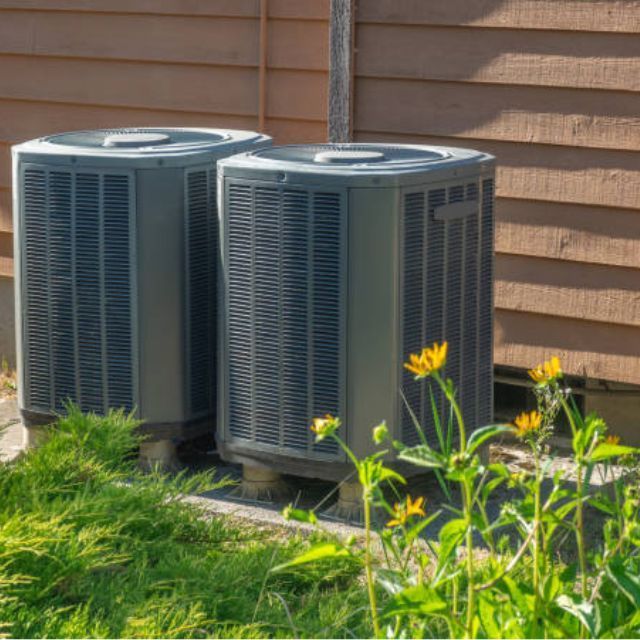
Best Owner Direct HVAC & Electrical is proud to be a PGE-approved Contractor and an Energy Trust of Oregon Trade Ally!
Serving Residential & Commercial Customers in Washington County, and parts of Yamhill, Multnomah and Clackamas Counties. Contact us for more information.
NAVIGATION
All Rights Reserved | Best Owner Direct HVAC & Electrical
